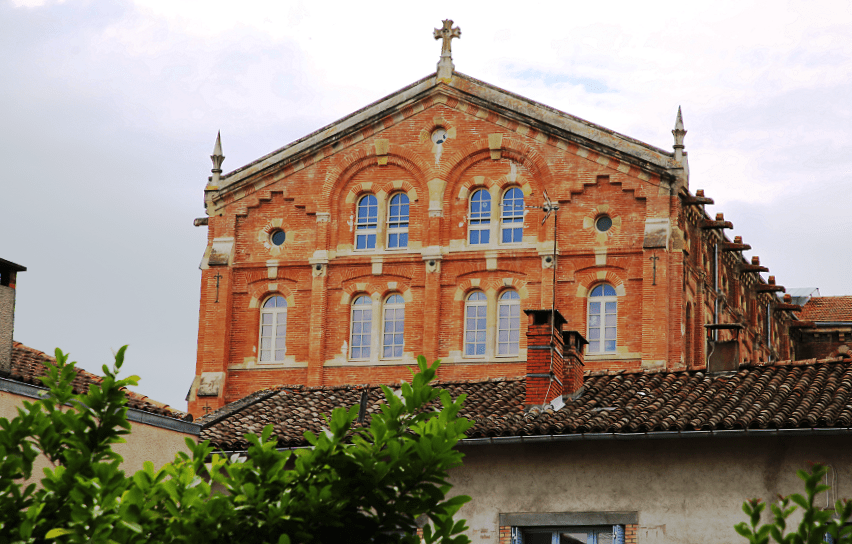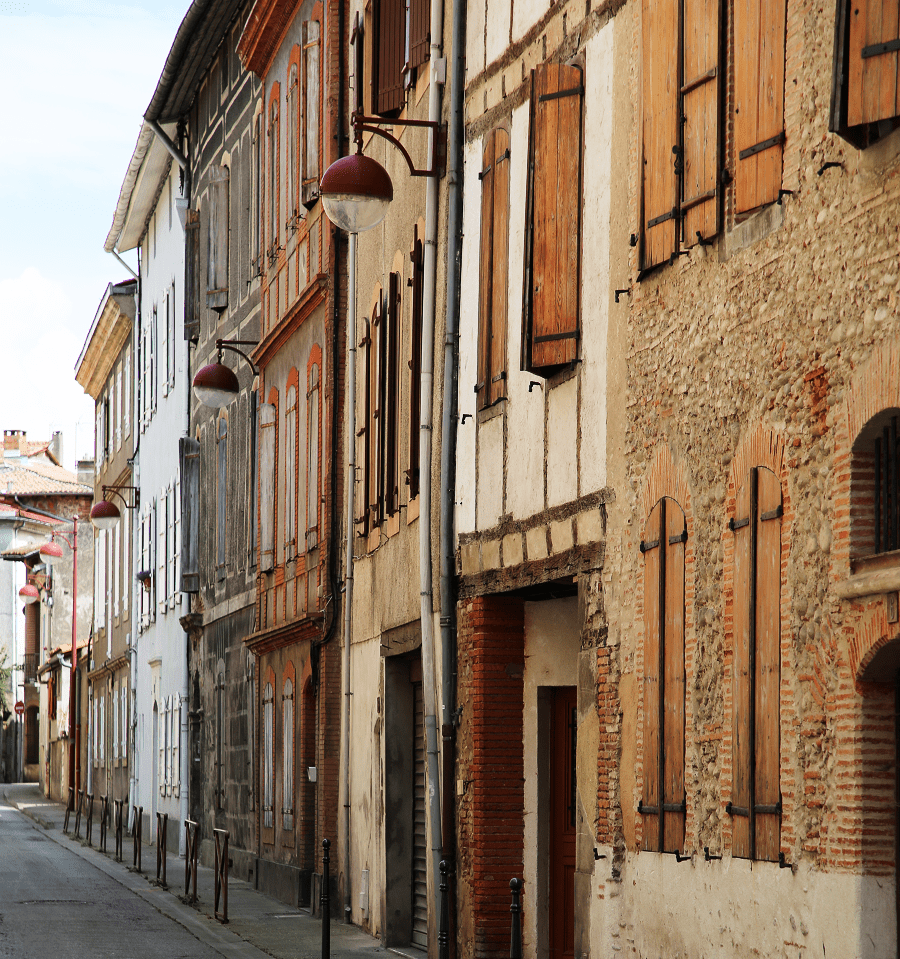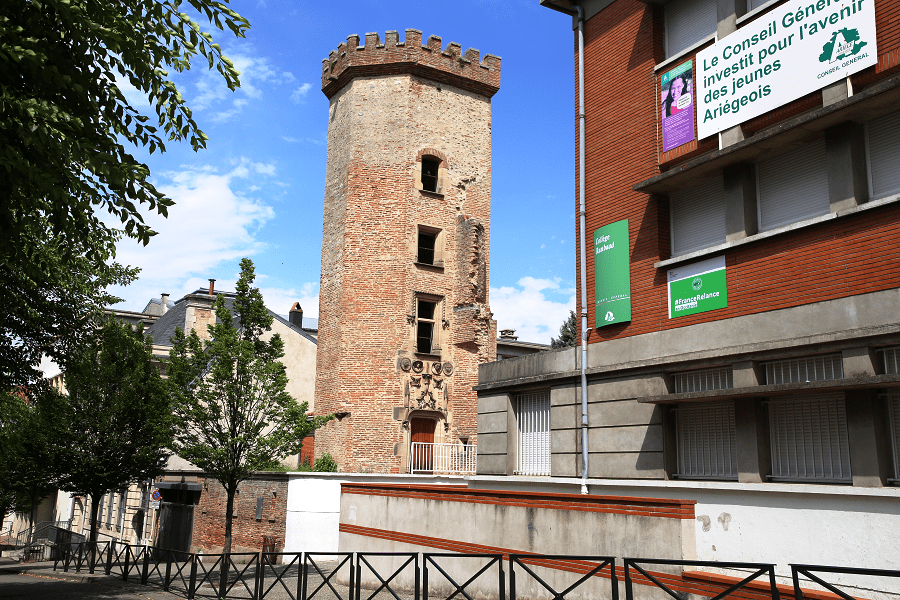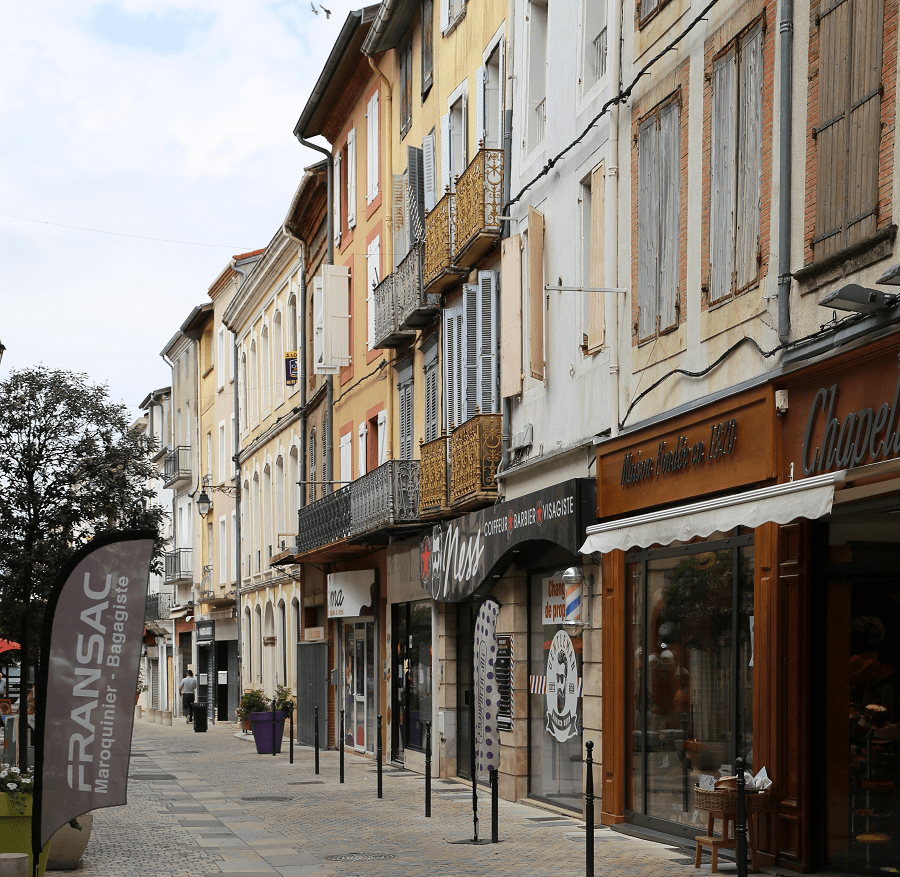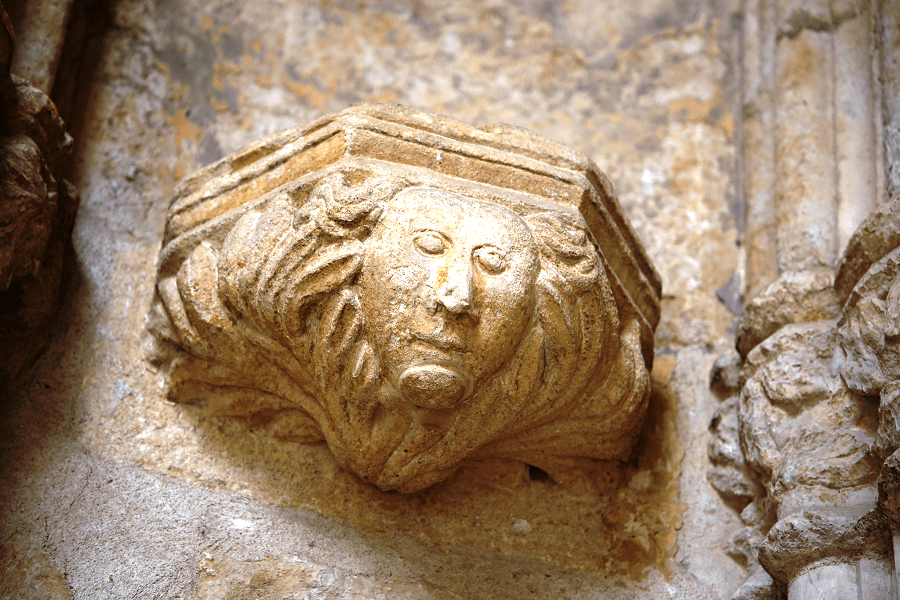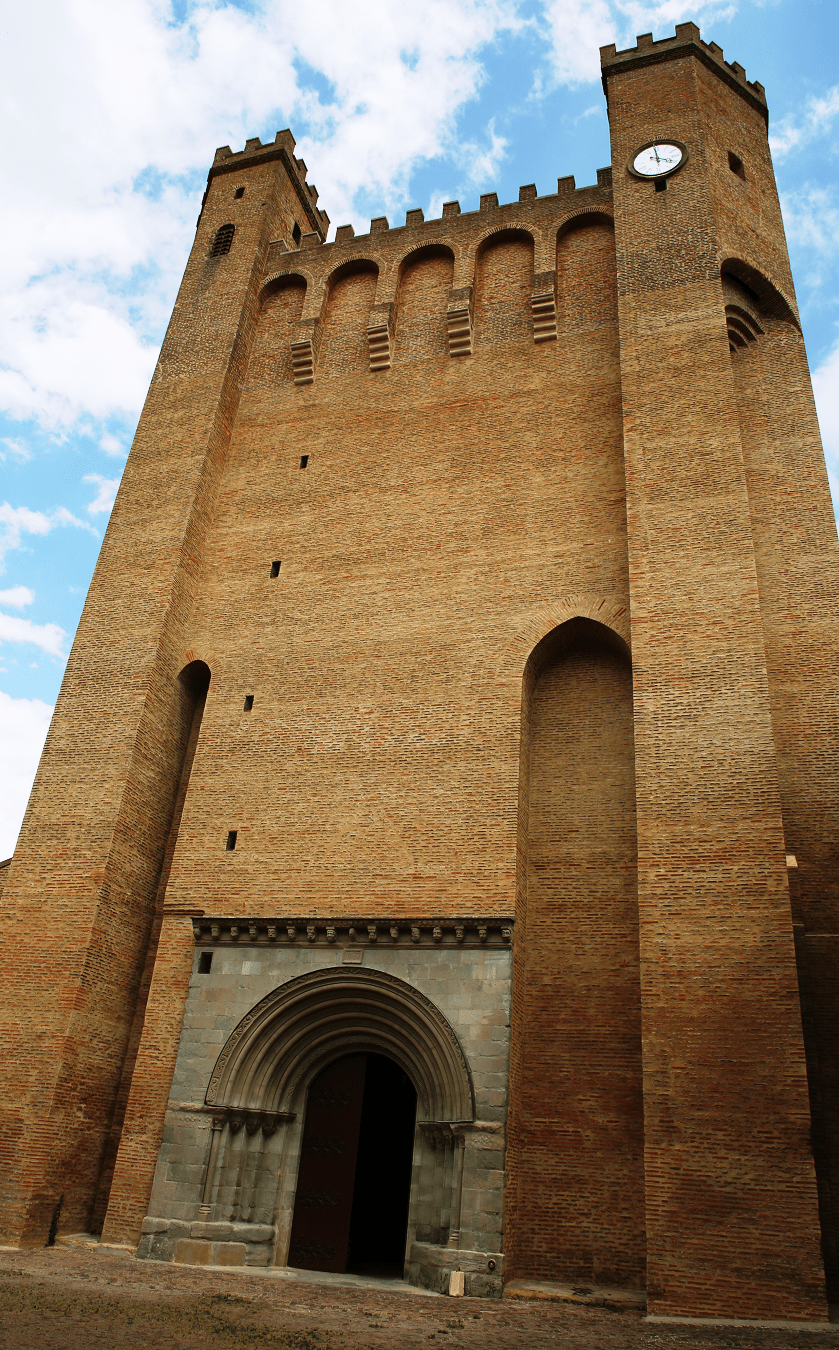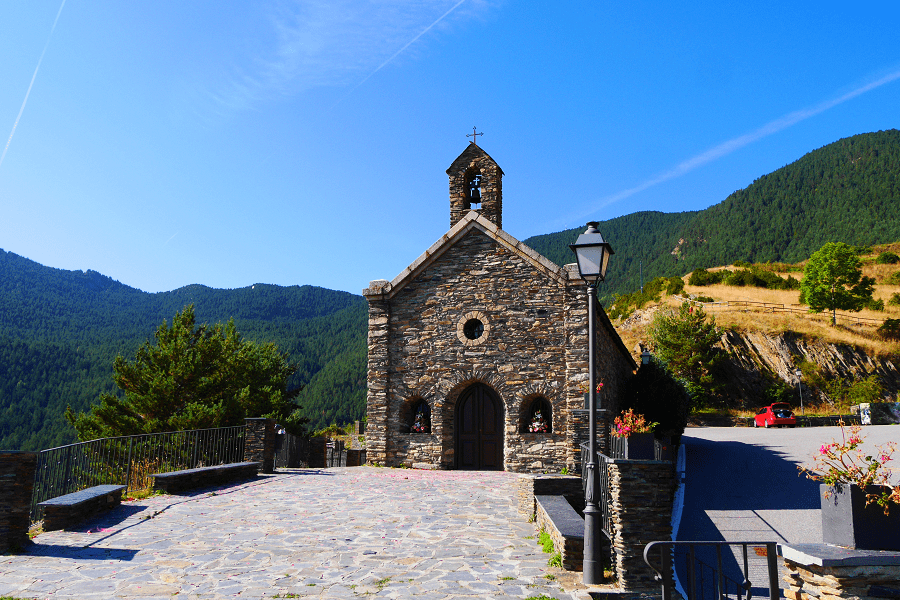Pamiers (Occitan: Pàmias) is a commune and largest city in the Ariège department in the Occitania region in southwestern France (foothills of the Pyrenees). It is a sub-prefecture of the department.
It is the most populous commune in the Ariège department, although it is not the capital which is the smaller town of Foix.
Main attractions
The Toulouse-style architecture gives pride of place to red brick, sometimes including moraine, a material carried by the Ariège. Most of the historic buildings date from the 17th and 18th centuries.
Saint Antonin Cathedral
It was rebuilt in the seventeenth century. Portal and sculptures from the twelfth century. The organ dates from the 18th century.
Church of Our Lady of the Camp
The Notre-Dame-du-Camp church takes its name (“Our Lady of the Fields”) from its geographical location, outside the city walls. If the construction of the church dates from the twelfth century, a major expansion including the construction of the powerful brick facade, was carried out in the fourteenth century. This facade is the only part that will remain after the destruction of the church by the Huguenots in 1577. The church that we know today therefore dates from the 17th century.
The portal, classified, was rebuilt identically in 1870. Several canvases, from the 17th and 18th centuries, are classified.
The church houses an organ built in 1860 by Émile Poirier and Nicolas Lieberknecht, classified as a historical monument for its instrumental part. It was restored in 2004.
Carmel
The Carmelite convent of Pamiers was founded in 1648 by the sisters of the order of Saint Thérèse of Avila who, formerly established in Auch, came to settle in Pamiers, and the monastic buildings date from the end of this century. With magnificent frameworks and beautiful woodwork dating from the 18th century, the wood needed for the construction was brought in by flotation thanks to the Marquis de Gudanes, whose daughter was a nun in the convent from 1707 to 1784.
Outside, stands a square tower called the “bishop’s tower”, built in 1285 on the orders of the Count of Foix Roger-Bernard III.
After 360 years of occupation (apart from during the Revolution and from 1901 to 1917), the last Carmelites will leave Pamiers for Luçon in the fall of 2008.
Cordeliers Tower
Its erection dates from 1512. It reproduces identically that of the Cordeliers of Toulouse, octagonal bell tower with two floors. There was indeed a church before the fourteenth century, but it was destroyed by the Reformed in the spring of 1562. Despite a modest reconstruction, it did not escape the Revolution. The tower alone, kept as a watchtower, bears witness to this ancient building.
Cailloup Abbey
The old abbey of Mas-Cailloup (also known as “Mas-Vieux”) is a Romanesque chapel built in the first half of the 12th century. Now restored, the building was partially classified as a historical monument in 1992.
Courthouse
It was then rebuilt, and it was finished in 1777.
Castella High School
Today Lycée, it is originally a former seminary dating from the 18th century, built under the orders of François de Caulet, bishop of the city. In 1998, a third floor was added to the building.
The Mint Tower
This is the guard tower of a mint created in 1419 by John I. This workshop ceased its activity in 1422, in accordance with the decision of Charles VII. He took it over the following century, thanks to the transfer of the mint from Toulouse to Pamiers. But in 1596, the Hôtel des Monnaies in Toulouse reopened.
Neviau Gate
This is the only evidence of the fortified enclosure which separated the districts of Couserans and Mercadal. The last modification of this building dates from the 15th century.
Canals
The canals surrounding the old town were included in the Supplementary Inventory of Historic Monuments in 1999.
Castle of Riveneuve-du-Bosc
Riveneuve is a hamlet to the east of the city that belonged to Baron d’Ornolac. The castle dates from the 17th century and was enlarged and decorated by the painter Jules de Lahondès who inherited it in 1850, a pupil of Joseph Latour, renowned historian and archaeologist and president of the Academy of Floral Games in Toulouse. Surrounded by a park, it was restored in 2000 and offers guest rooms.
Transport
Pamiers station has rail connections to Toulouse, Foix and Latour-de-Carol.
From Paris: 7 hr 48 min (745 km) via A20
From Toulouse: 54 min (69.0 km) via A61 and A66
From Andorra: 2 hr 3 min (118 km) via N20 and N20
From Barcelona: 3 hr 43 min (261 km) via C-16 and N20
From Madrid: 8 hr 30 min (717 km) via A-2
From Monaco: 6 hr 2 min (596 km) via A8
From Moscow: 39 hr (3,522 km) via E30/M1
From Belgrade: 19 hr 39 min (1,900 km) via E70
From Istanbul: 30 hr (2,849 km) via E70
From Bern: 8 hr 27 min (855 km) via A9
Main information
Area: 45 sq. km
Population: 15 659
Languages: French
Currency: euro
Visa: Schengen
Time: Central European UTC +1
GPS coordinates: 43°07′03″N 1°36′42″E
See here Pyrenees travel guide
See here France travel guide
See here Spain travel guide





